Visualization, or mental rehearsal, is a powerful technique for slalom skiing. By imagining every detail of your run - like the feel of your skis, timing of turns, and navigating gates - you engage the same brain pathways used during actual skiing. This boosts focus, confidence, and technique memory without stepping onto the snow. Even 5–10 minutes a few times a week can help you prepare for challenges, reduce race-day nerves, and refine your skills.
Pairing mental practice with gear like Snowfeet* short skis can make training even smoother. These lightweight skis are easier to control, allowing you to focus on quick, precise movements both mentally and physically. Unlike heavier long skis, they simplify practice and make skiing more fun and accessible.
Key Benefits of Visualization:
- Improves focus and confidence.
- Reinforces proper technique using mental imagery.
- Prepares you for unexpected challenges.
- Reduces stress and nerves on race day.
Why Snowfeet* Short Skis Help:
- Easier to maneuver for slalom-style turns.
- Portable and convenient for frequent practice.
- Simplifies mental rehearsal with responsive, intuitive movements.
Visualization isn’t just for pros like Mikaela Shiffrin and Lindsey Vonn - it’s a simple, effective way for anyone to improve their skiing. Add mental rehearsal to your routine and watch your slalom performance improve!
How Can Visualization Improve My Slalom Skiing? - The Winter Sport Xpert
How Mental Rehearsal Improves Slalom Performance
Mental rehearsal has a noticeable impact on slalom skiing by sharpening both your mindset and technical skills. Research backs this up: athletes who combine visualization with physical training tend to outperform those who rely only on physical practice. Why? Because the brain treats mental rehearsal like real skiing, activating the same neural pathways. Let’s break down how this technique enhances your performance on the slopes.
Sharper Focus and Confidence
Picture this: you’re nailing every turn, gliding through the gates with ease. That’s the power of mental imagery. By visualizing a flawless run, you build confidence and familiarity with the course. This reduces hesitation and second-guessing, especially when tackling tricky sections.
Stronger Technique Memory
Visualization isn’t just daydreaming - it’s like a workout for your brain. When you mentally practice skiing, you engage the same neural pathways that fire during actual runs. Using all your senses during visualization - like imagining the sound of your skis slicing through snow - reinforces proper technique. Slow-motion imagery helps fine-tune movements, while real-time mental practice prepares you for race-day intensity.
Ready for Anything
Mental rehearsal lets you prepare for curveballs before they happen. By imagining different race scenarios, you can mentally practice adapting to unexpected challenges. This preparation sharpens your decision-making and helps you stay cool under pressure.
Less Nerve-Wracking
Let’s face it: race-day jitters are real. But when you’ve run through the course in your head multiple times, the actual event feels less intimidating. Mental rehearsal creates a sense of familiarity, which helps keep stress in check and prevents anxiety from messing with your technique.
A Boost for Snowfeet* Users
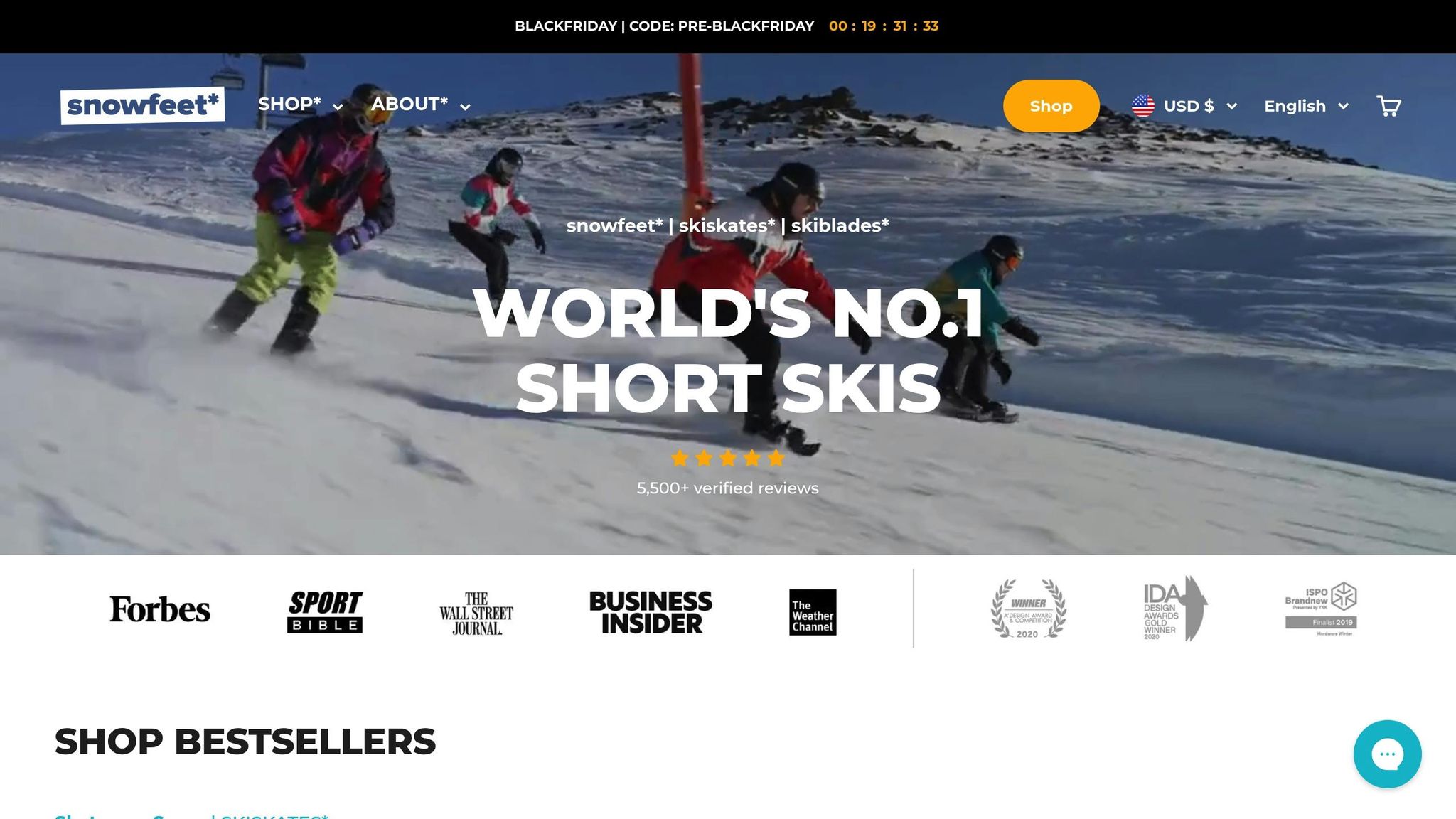
If you’re using Snowfeet* short skis, the benefits of mental rehearsal are even more pronounced. These lightweight, agile skis are designed to be "easy to learn and use", so you can focus entirely on perfecting your technique instead of wrestling with heavy, cumbersome equipment.
| Aspect | Snowfeet* Short Skis | Traditional Long Skis |
|---|---|---|
| Mental Practice Focus | Pure technique and strategy | Managing equipment issues |
| Visualization Ease | Smooth, intuitive movements | Complex, heavier motions |
| Learning Curve Impact | Quick to pick up | Steeper preparation needed |
| Control in Imagery | Precise, responsive moves | Slower, less agile moves |
The lightweight, responsive design of Snowfeet* makes them perfect for visualizing quick turns and precise maneuvers. Unlike traditional long skis, which can feel clunky in mental practice, Snowfeet* let you focus on the fun, fluid movements that make skiing so rewarding.
Step-by-Step Mental Rehearsal Exercises for Slalom Skiers
These exercises are designed to help you sharpen your mental game for slalom skiing. Start simple and build up to more complex scenarios. Even dedicating just 5–10 minutes, a couple of times a week, can make a noticeable difference in your performance.
Getting Ready for Mental Rehearsal
Before diving into visualization, set yourself up for success. Find a quiet spot - your bedroom, a secluded corner, wherever you won’t be interrupted. Get comfortable, either sitting or lying down, and take a few deep breaths to clear your mind and relax your body. Decide on a goal for your session - whether it’s improving a specific skill or mentally preparing for a race. The key here is to engage all your senses to make your visualization feel as real as possible.
Once you’re ready, start by mentally skiing the entire course. This helps you connect your focused setup to practical mental practice.
Course Mental Practice
Picture yourself at the start gate and work your way through the entire course. See every gate, every turn, and every change in terrain - exactly as you would experience it on the slopes. Use a first-person perspective, as research suggests this approach is more effective for slalom skiing than imagining yourself from an external viewpoint.
Focus on the timing of your pole plants, the feeling of your skis gripping the snow during edge changes, and the rhythm of your run. First, simulate the course in real time to get a feel for the flow. Then, slow things down to zero in on tricky sections. This combination of full-course visualization and detailed refinement helps you prepare both mentally and technically.
Once you’re comfortable with the course, shift your attention to perfecting individual techniques.
Technique Focus
When it comes to nailing challenging turns, mental rehearsal allows you to break movements down step by step. Concentrate on details like the grip of your ski edges, the timing of your pole plants, and the smooth transition of weight between turns. Slowing things down in your mind can be especially helpful for fine-tuning your technique.
If you’re using Snowfeet*, their lightweight and responsive design lets you visualize quicker, more precise movements. This makes it easier to focus on perfecting your flow and technique without worrying about heavier equipment. These detailed mental exercises create a strong mental blueprint, boosting your confidence and precision on the slopes.
Using All Your Senses
To make your mental rehearsal as effective as possible, engage all your senses. Imagine the crunch of the snow beneath your skis, the sound of your breathing, and even the emotions you feel during a perfect run. The more vivid your visualization, the more your brain can translate it into real-world performance. Many top athletes swear by this multi-sensory approach as a cornerstone of their preparation.
Scenario Practice
Skiing often throws surprises your way, so it’s smart to prepare for the unexpected. Scenario practice involves visualizing potential challenges and mentally rehearsing how to handle them. Picture yourself missing a gate and smoothly recovering, or encountering icy patches or soft snow and adjusting your technique on the fly.
For Snowfeet* users, the agility of short skis makes it easier to adapt to sudden changes. By mentally rehearsing calm and effective responses to these scenarios, you’ll be better equipped to stay composed under pressure. This preparation can turn mental obstacles into advantages when you’re out on the snow.
sbb-itb-17ade95
Mental Rehearsal Methods Used by Professional Skiers
Elite slalom skiers combine physical training with mental preparation to hit their peak performance. Their visualization techniques go way beyond simply imagining a race - they’re deliberate, structured, and a key part of their success.
Daily Mental Practice
For professional skiers, mental rehearsal isn’t optional; it’s as crucial as time on the slopes. They dedicate 5–10 minutes every day to visualization exercises, often keeping an imagery log to track their progress and refine their techniques. This daily practice helps build neural pathways that mimic the ones activated during actual skiing.
Interestingly, this approach can be just as effective for Snowfeet* users. The shorter skis demand quick, precise movements, and consistent mental practice can sharpen these responses. While recreational skiers might only visualize before a big day on the mountain, professionals make it part of their routine - whether a race is coming up or not. Over time, this habit builds into a structured system for improving mental skills.
Building Skills Step by Step
Elite skiers use something called an imagery ladder to gradually enhance their mental skills. They start with simple movements, like visualizing basic turns or balance drills, and work their way up to imagining full race runs under intense conditions. For example, they might first picture smooth pole plants on easy terrain, then progress to navigating a challenging course with rapid-fire gates.
This step-by-step method mirrors how they train physically. Just like you wouldn’t tackle advanced slalom techniques without nailing the basics, mental skills are built progressively. Each level is solidified before moving on to the next, ensuring a strong foundation. This method also ties in with emotional regulation strategies that keep skiers calm and focused under pressure.
Combining Mental and Emotional Practice
Top athletes know that visualization isn’t just about perfecting technique - it’s also about mastering their emotions. They practice feeling confident, focused, and calm during mental rehearsals. To make the experience as realistic as possible, they include multisensory details, imagining the sound of their skis on the snow or the feel of the wind as they race.
They also adjust the speed of their mental imagery. Slow-motion visualization helps them zero in on technical details, while real-time or fast-forward imagery prepares them for the intensity of competition. These emotional and mental exercises are especially effective when paired with the agility of Snowfeet*, which makes transferring mental practice to the slopes feel seamless.
Lessons from the Best
Some of the world’s top skiers are living proof of how powerful mental rehearsal can be.
Take Mikaela Shiffrin, for example. The multiple Olympic and World Champion is famous for her mental preparation. Before every race, she visualizes every gate, every turn, and every movement. She credits this practice for her incredible consistency and her ability to adapt to changing snow conditions. Before she even steps onto the course, she’s already mentally skied it multiple times.
Then there’s Lindsey Vonn, an Olympic gold medalist who used visualization to tackle courses she couldn’t physically inspect due to weather or scheduling issues. By mentally skiing the course, she could anticipate challenges and maintain her confidence - even on unfamiliar terrain.
For those using Snowfeet*, these techniques work just as well. The agility and quick responsiveness of shorter skis make it easier to visualize precise movements and quick adjustments. It’s a great way to build the same mental skills that help elite athletes perform at their best.
Snowfeet* Short Skis vs. Long Skis for Slalom Mental Practice
When it comes to slalom mental rehearsal, the equipment you use can significantly shape your visualization process. Snowfeet* short skis offer some distinct perks over traditional long skis, making them a great choice for enhancing your mental practice. By incorporating Snowfeet* into your routine, every imagined turn can feel sharper and more realistic.
Why Snowfeet* Work Well for Mental Practice
Quick Turns and Precision: Snowfeet* short skis are designed for tight, fast turns - exactly what slalom demands. Their agility helps you mentally rehearse rapid direction changes and precise edge transitions. Studies suggest that internal visual imagery (IVI) is especially effective for slalom tasks, and using equipment that supports these precise movements can make your mental rehearsal even more vivid.
Easy to Carry Anywhere: One of the biggest advantages of Snowfeet* is their portability. They’re lightweight and small enough to fit in a backpack, which means you can practice visualization and techniques almost anywhere - not just on the slopes. More frequent mental practice leads to better skill retention.
Beginner-Friendly: Unlike traditional skis that can require a bit of setup and adjustment, Snowfeet* let you jump right into focusing on slalom techniques. This simplicity makes it easier to practice and visualize basic movements without distractions.
Multisensory Feedback: Snowfeet* are super responsive, which helps you focus on the feel of movements like quick edge transitions. This responsiveness enhances kinesthetic visualization, allowing you to integrate visual, auditory, and tactile cues into your mental practice. The result? A more immersive and effective rehearsal session.
Andrew B., a verified user, shares his thoughts:
These skiblades are so much fun and easy to control. Never going back to regular skis.
Snowfeet* vs. Long Skis: A Quick Comparison
Here’s how Snowfeet* short skis stack up against traditional long skis when it comes to mental practice:
| Category | Snowfeet* Short Skis | Traditional Long Skis |
|---|---|---|
| Agility | High - perfect for quick, slalom-style turns | Lower - better for wide, slower turns |
| Ease of Visualization | Excellent - supports fast mental-to-physical transitions | Moderate - less maneuverable for slalom rehearsal |
| Portability | Extremely portable - fits in a backpack | Bulky and harder to transport |
| Learning Curve | Simple - lets you focus on technique right away | Steeper - requires more effort to get started |
| Enjoyment | Fun and engaging - keeps you motivated | Heavier and less engaging for frequent practice |
Unlike traditional skis, which often require cumbersome storage and transportation, Snowfeet* can be carried just about anywhere. This means you can pair physical movement with visualization exercises in places like gyms, small snow patches, or even your backyard.
Nathan F., another user, sums it up nicely:
Absolute game-changer! They're light, fast, and incredibly fun to ride.
This added enjoyment plays a big role in mental practice. When you’re having fun, it’s easier to stay consistent with your rehearsal, which is key for improving your skills over time.
Snowfeet* are also great for simulating different scenarios in smaller spaces, helping you mentally prepare for unexpected situations during races. This kind of practice builds confidence and readiness.
With prices ranging from $129 to $399 USD, Snowfeet* offer an affordable way to enhance your mental practice without needing access to full-sized slopes or bulky traditional equipment.
Why Mental Rehearsal and Snowfeet* Transform Slalom Skiing
Pairing mental rehearsal with Snowfeet* short skis creates a training combo that shakes up traditional skiing norms. For years, the ski industry has pushed the idea that longer skis automatically mean better performance. But research tells a different story: internal visual imagery (IVI) - basically imagining yourself skiing from your own perspective - works better for slalom tasks than external imagery, where you picture yourself from the outside. And that mental edge pairs perfectly with the agility of Snowfeet*, taking your on-snow skills to the next level.
Here’s how it works: mental rehearsal activates the same neural pathways you use when you’re actually skiing. Mix that with physical training, and studies show you’ll improve more than with physical practice alone. Snowfeet* make it easier to practice more often, even on small patches of snow, turning your mental imagery into real-world movements.
What makes Snowfeet* such a game-changer is their simplicity. They let you focus entirely on refining your technique without the bulk and hassle of traditional skis. Experts suggest spending just 5–10 minutes on visualization a couple of times a week for noticeable results, and Snowfeet* make it easy to bridge that mental practice with physical execution.
Elite skiers know this secret too. Professional racers combine visual, auditory, physical, and emotional cues to mimic race conditions and manage nerves. Snowfeet* add to this by delivering quick, precise feedback, which is crucial for building muscle memory through kinesthetic visualization. This kind of targeted practice is exactly what competitive slalom skiing demands.
By ditching the limitations of traditional gear, Snowfeet* encourage a more playful, experimental approach to training. You’ll feel less pressure and have more fun, which makes it easier to stick to your practice routine. And when training is fun, those mental rehearsal sessions start turning into real, measurable improvements.
If you’re looking to up your slalom game without breaking the bank, Snowfeet* are an affordable and effective option. Available on their shop page, these short skis prove that sometimes, smaller really is better - especially when it comes to creating frequent, focused practice sessions that turn mental rehearsal into real results.
FAQs
How can mental visualization improve your slalom skiing performance compared to physical practice alone?
Visualization is an incredible way to boost your slalom skills without even touching the snow. By mentally rehearsing the course, you can fine-tune your muscle memory, sharpen your focus, and build confidence. Picture yourself tackling those sharp turns and uneven terrain - it’s like training your mind to anticipate and adapt to challenges before they happen.
Now, here’s where Snowfeet* products, like Mini Ski Skates and Skiboards, come into play. Unlike traditional skis, which are typically longer, these shorter options offer unmatched maneuverability. That means they’re perfect for practicing slalom techniques in a way that’s not just effective but also more dynamic and fun. Pair your visualization exercises with the agility and versatility of Snowfeet*, and you’ll be well on your way to leveling up your performance.
Why are Snowfeet* short skis better for mental visualization in slalom skiing compared to traditional long skis?
Snowfeet* short skis are a great tool for honing your mental visualization skills in slalom skiing. Thanks to their compact design, they offer more agility and control compared to traditional long skis. With these shorter skis, you can make quicker, sharper movements, which makes practicing tight turns and fast transitions much smoother - both in your mind and on the slopes.
The beauty of Snowfeet* lies in their simplicity. They strip away the bulk and complexity of traditional skis, letting you focus entirely on the technical and mental aspects of slalom. This freedom of movement not only helps improve your physical performance but also builds your confidence, leaving you better prepared to tackle those challenging slalom courses.
Can beginners use visualization techniques to improve their slalom skiing, or are these methods better suited for advanced skiers?
Visualization techniques can be a game-changer for skiers, whether you're just starting out or have years of experience under your belt. By imagining yourself navigating the course in your mind, you can boost confidence, sharpen focus, and even prime your muscles for action - before you’ve even strapped on your skis.
For beginners, it’s a way to simplify what might feel like an overwhelming task, like slalom skiing, by breaking it into smaller, more manageable steps. For advanced skiers, visualization becomes a tool for fine-tuning techniques and mentally preparing for tricky maneuvers. No matter your skill level, this mental practice can help take your skiing to the next level.





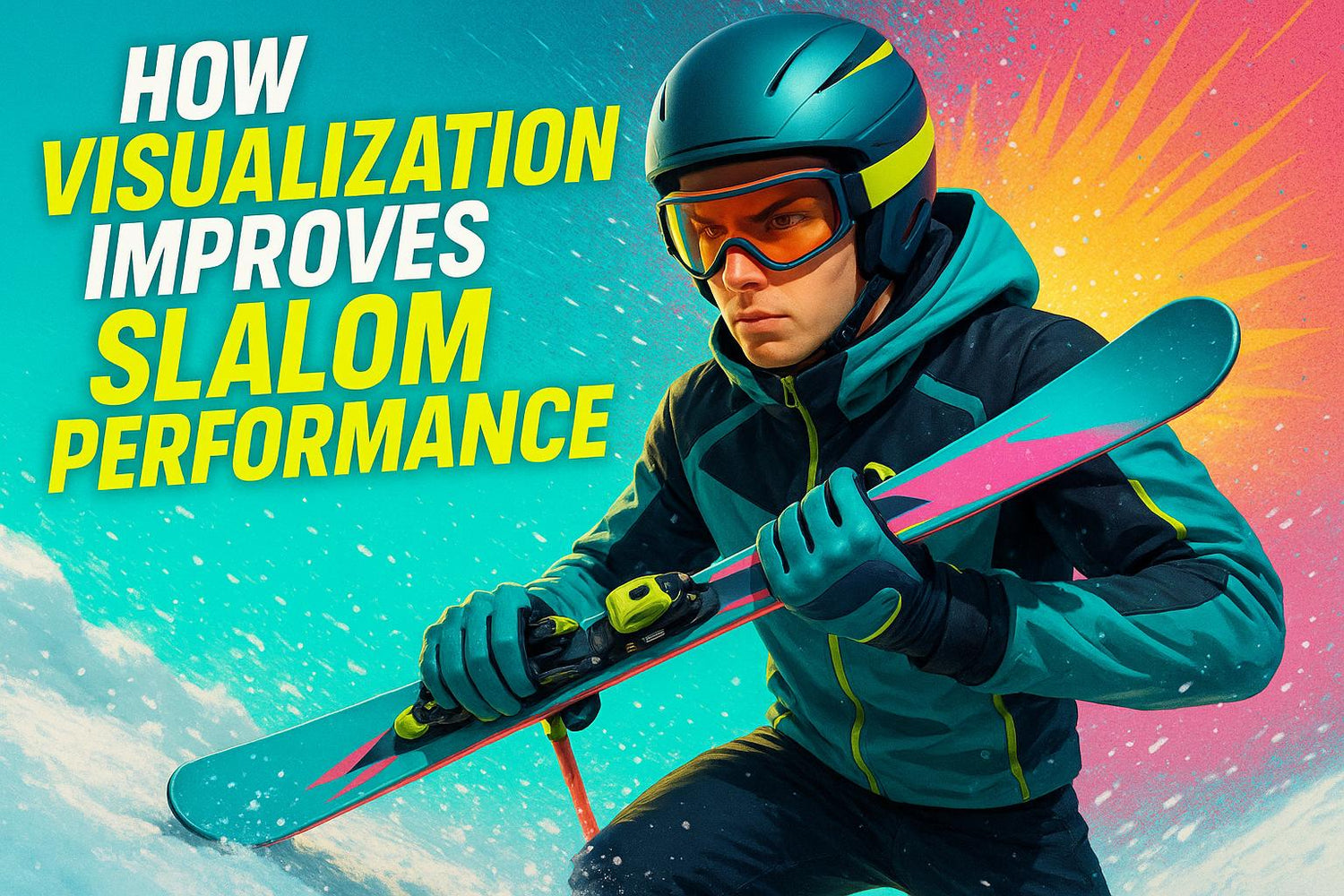
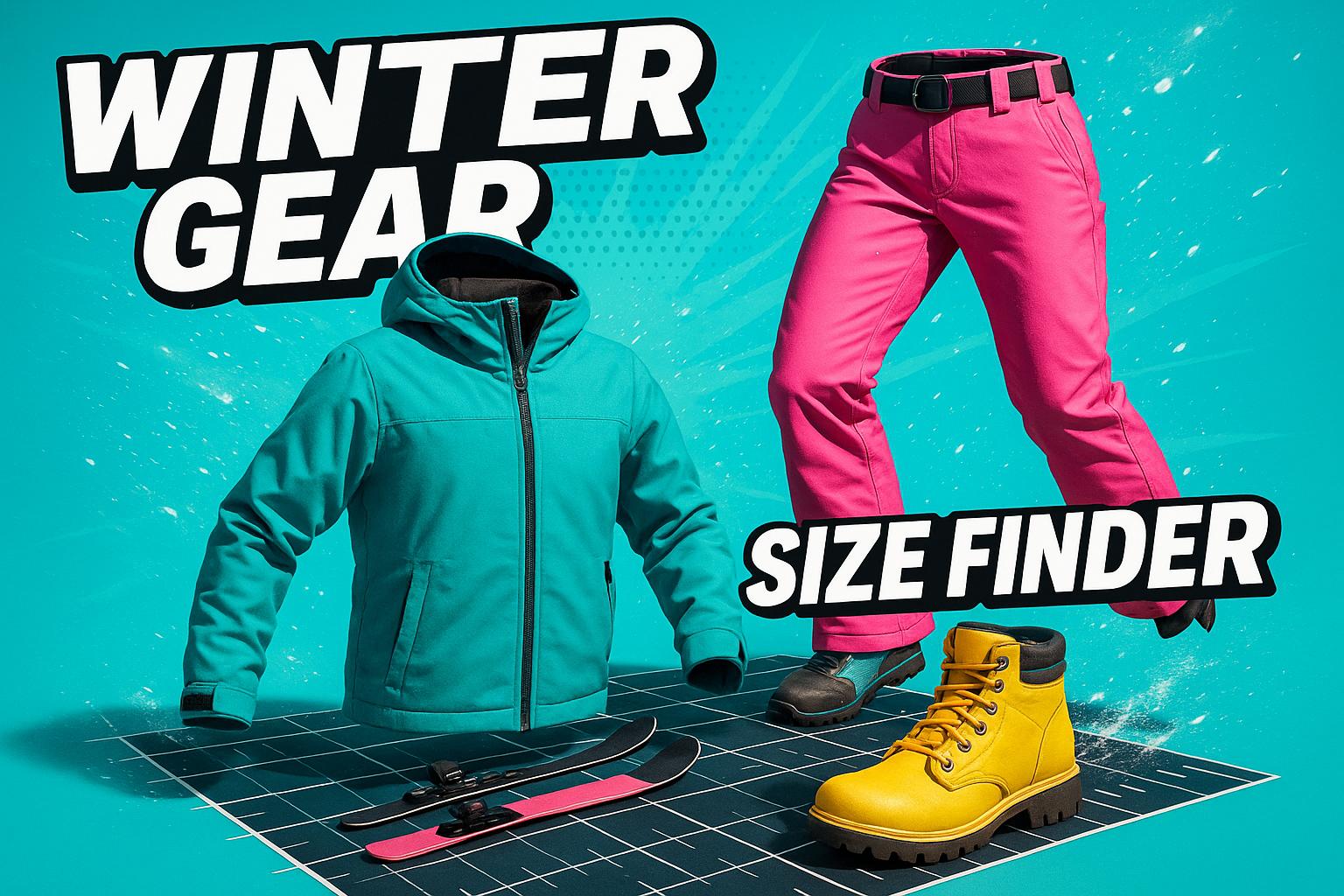





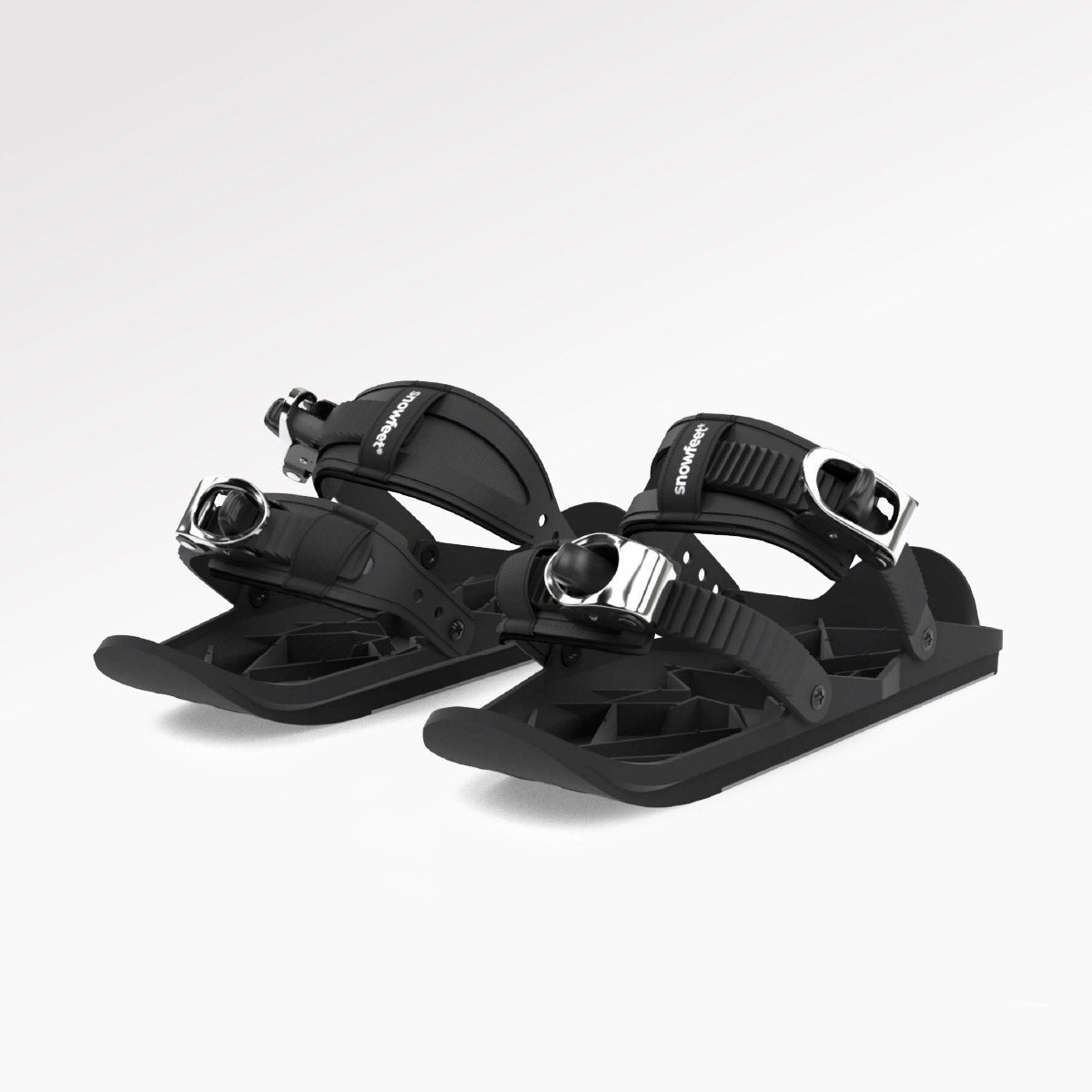
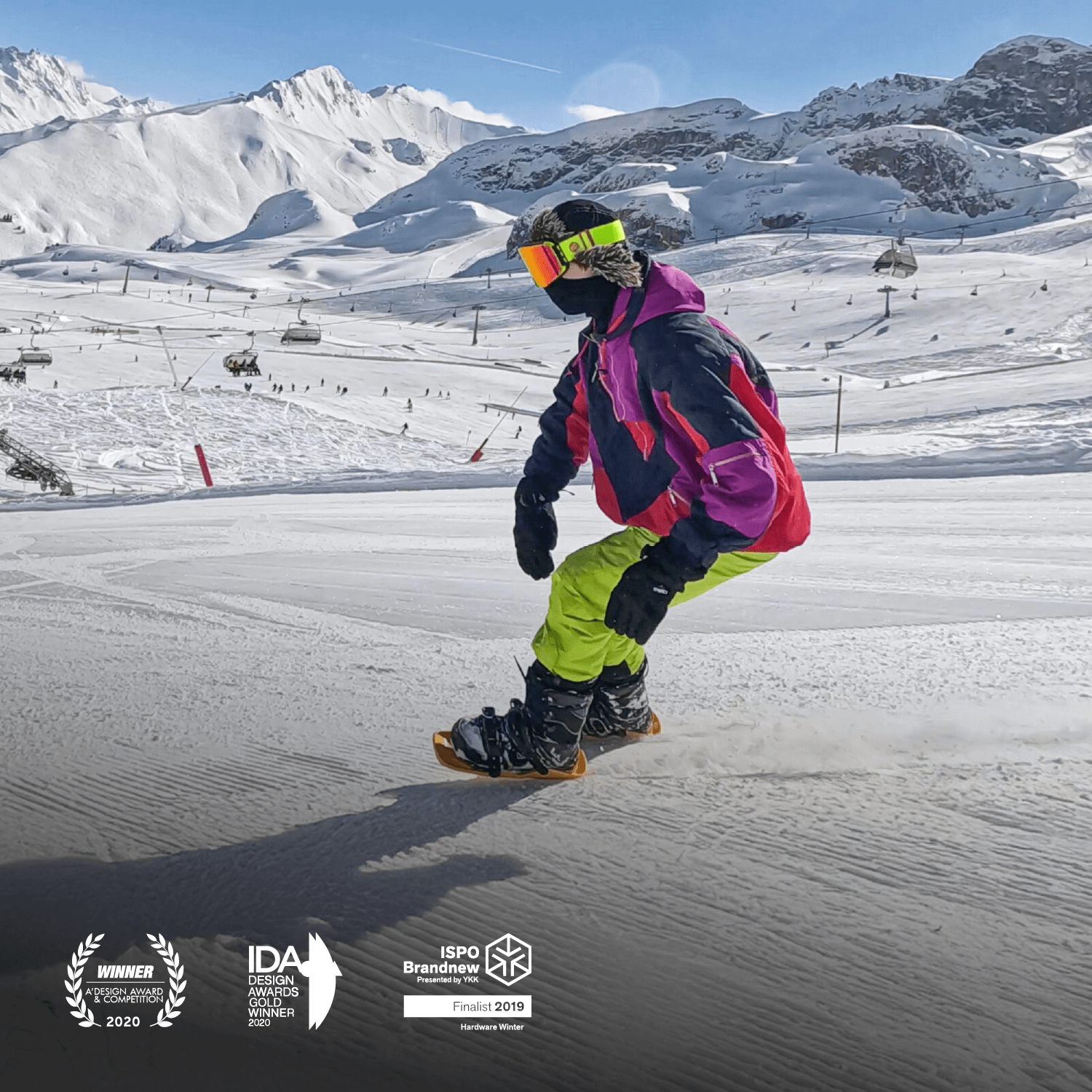
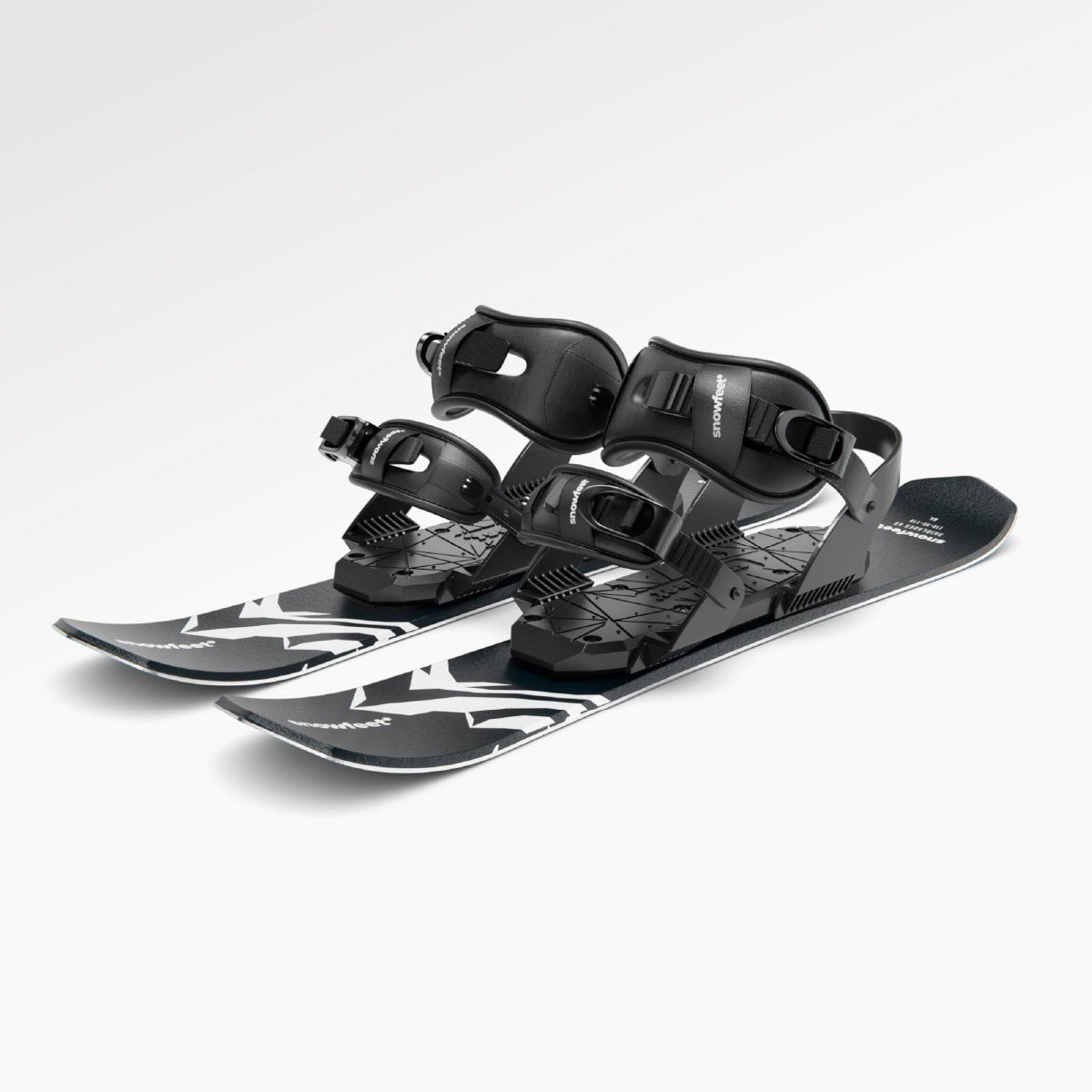

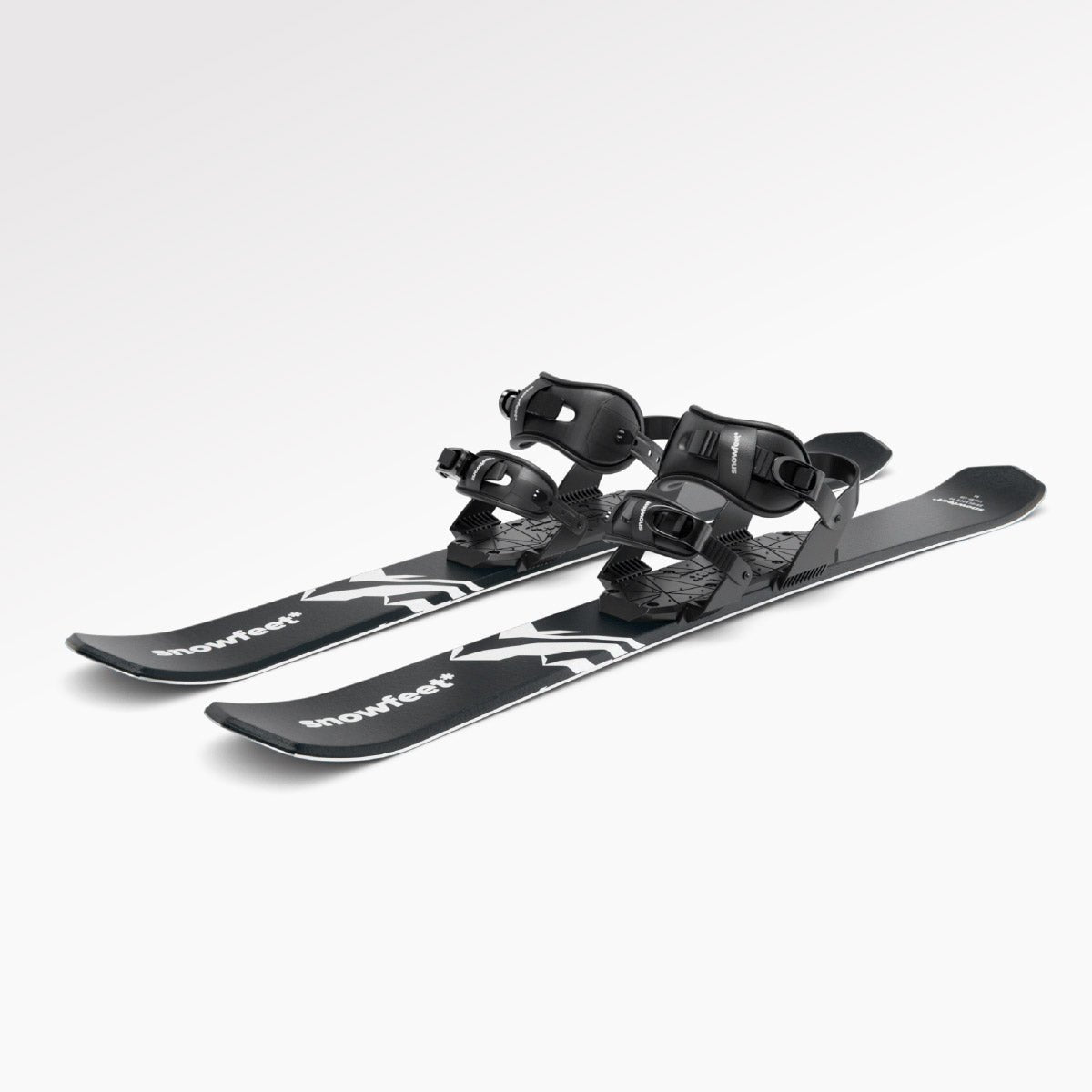

Laisser un commentaire
Ce site est protégé par hCaptcha, et la Politique de confidentialité et les Conditions de service de hCaptcha s’appliquent.